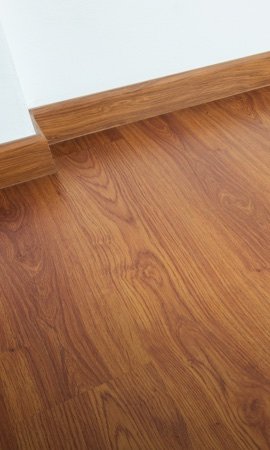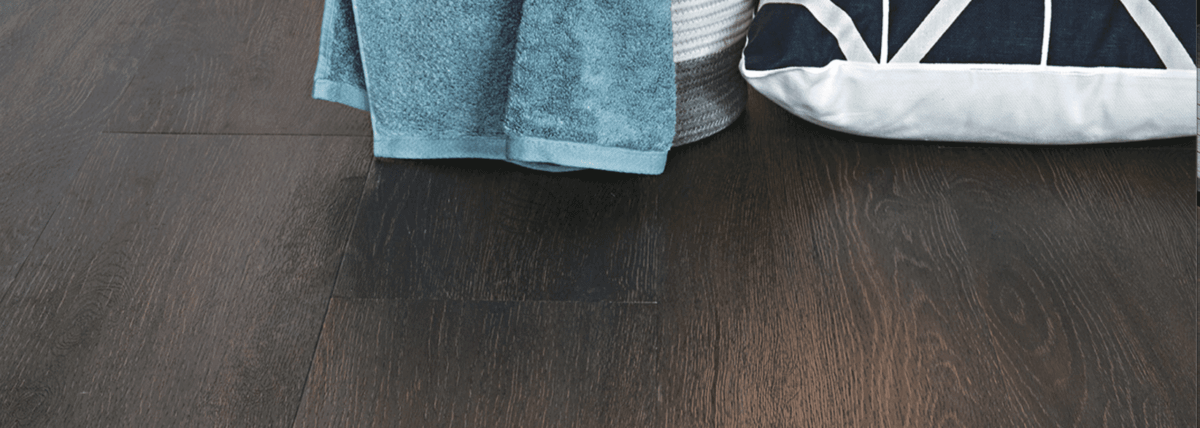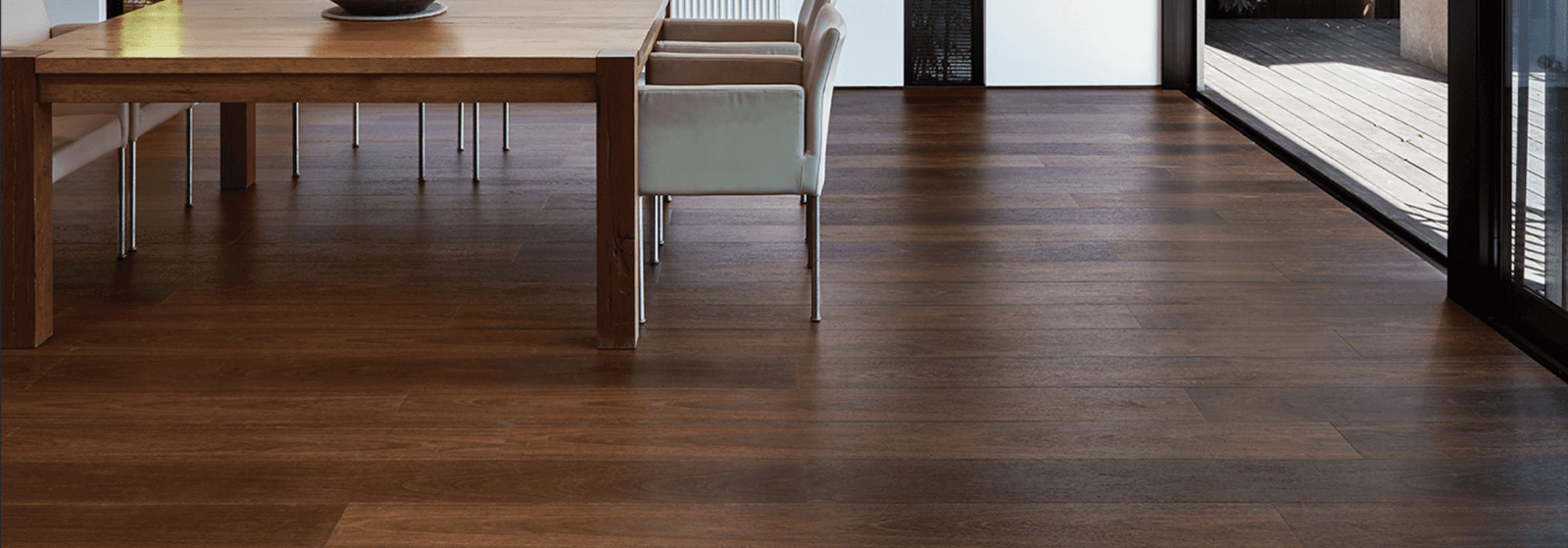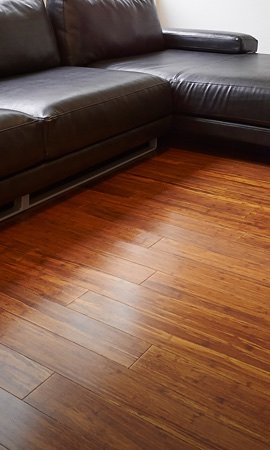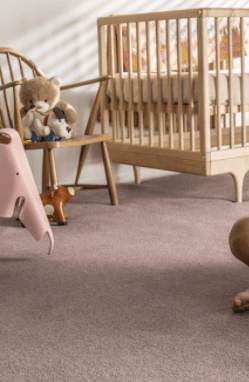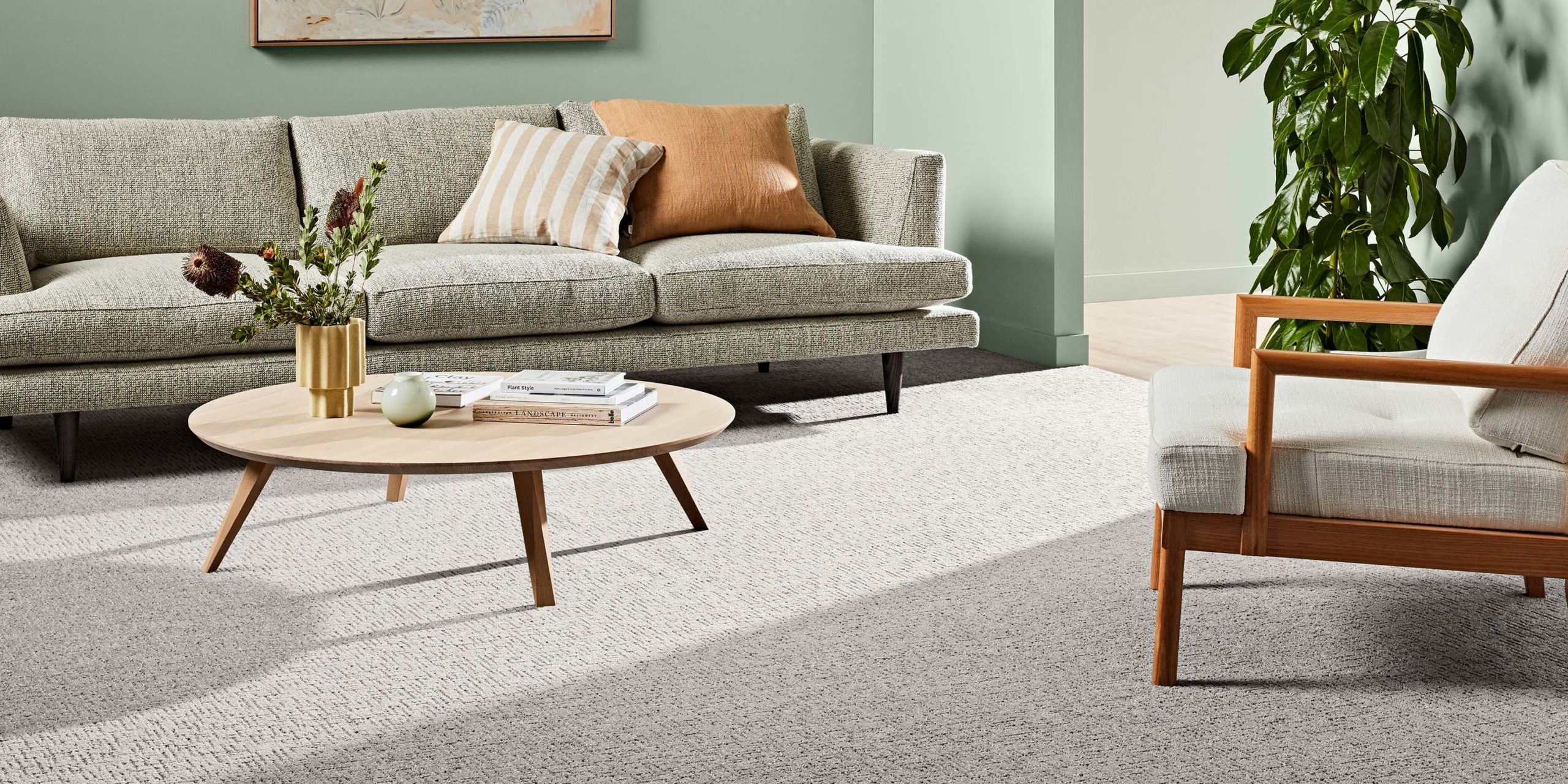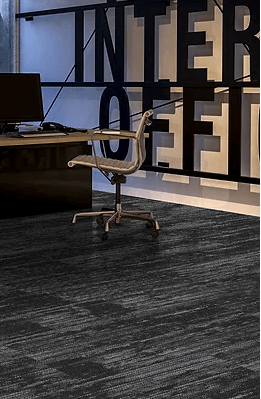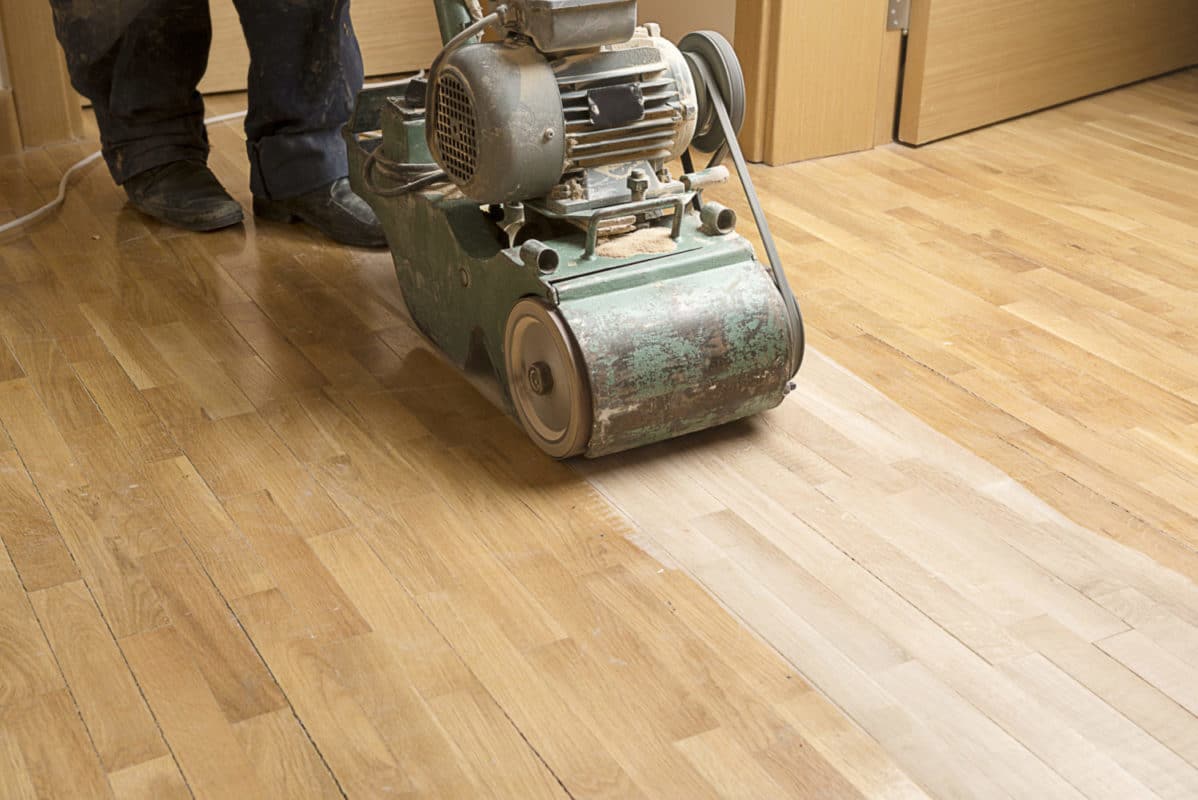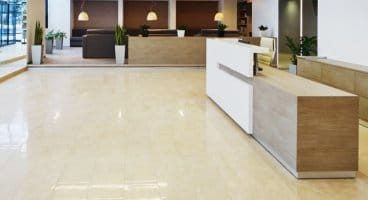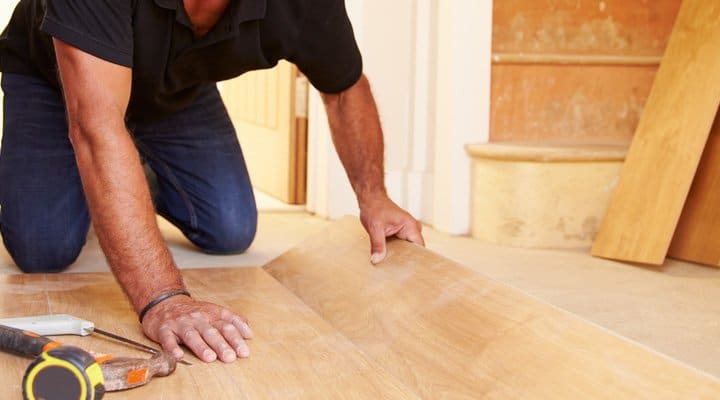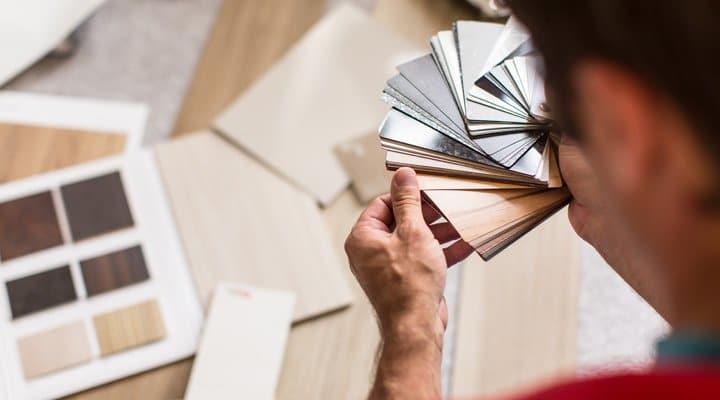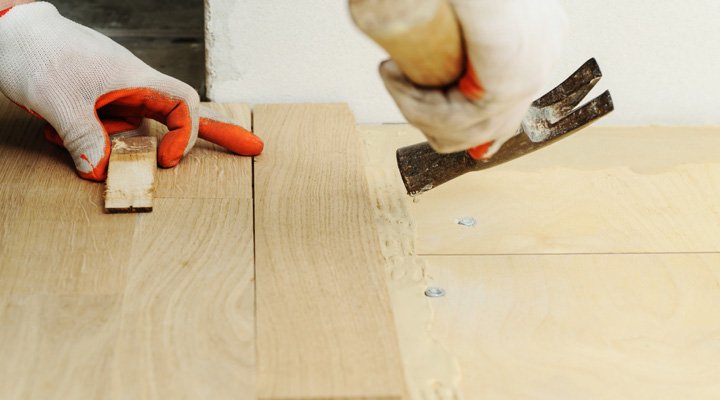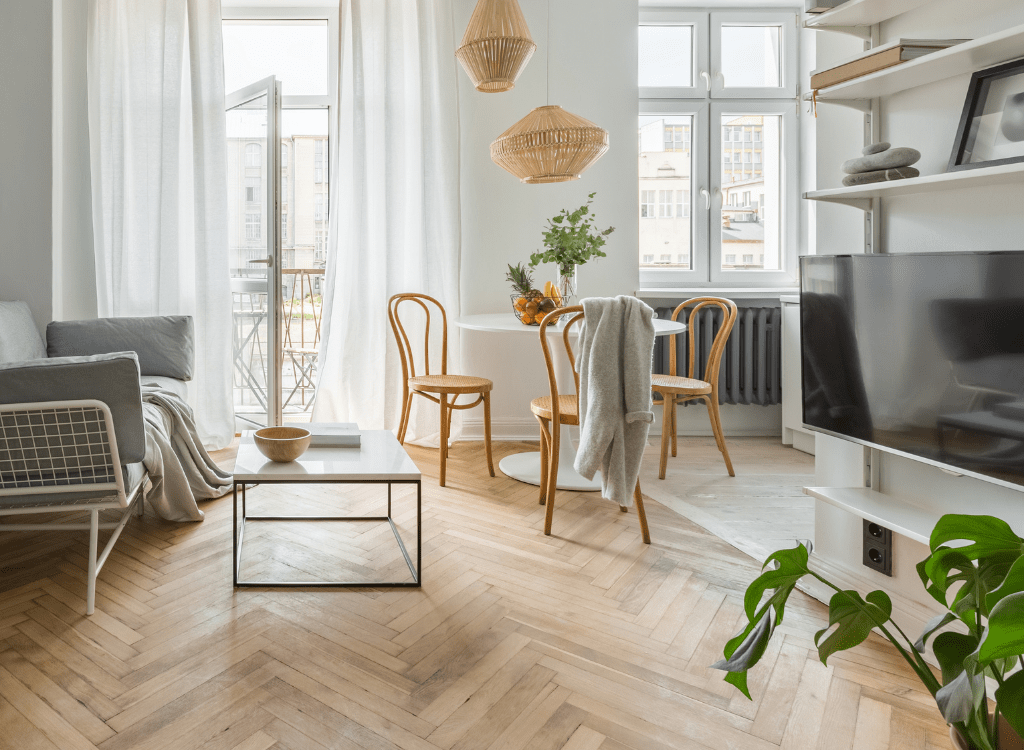

28 Aug How to Clean Engineered Flooring
So you’ve chosen to install an engineered floor in your home, but now the real question comes – how do you clean and maintain it? Even though engineered flooring is sturdy and resilient, it isn’t immune to dirt and stains. Planning and knowing your cleaning methods will be helpful for a number of reasons.
This guide will provide you with helpful tips and tricks, so you can keep your floor looking as good as the day it was first installed!
1. Understand Engineered Timber Flooring
Engineered hardwood vs Engineered Oak
Engineered hardwood flooring and engineered oak flooring are both natural wood products. The main difference lies in the type of timber used to manufacture them. Engineered Oak flooring is made of European and American wood species, whereas Engineered Hardwood flooring is manufactured using Australian timbers such as Spotted Gum.
Engineered Oak flooring is generally softer compared to engineered hardwood flooring. As such, using a less abrasive cleaner such as a soft-bristled broom is recommended.
Engineered Timber vs Water & Moisture
Engineered timber flooring still has a real wood veneer, and as such, there is a limit to the plank’s water resistance capabilities. Excessive exposure to water and moisture may result in the planks warping, thus damaging the planks, which will have to be removed and replaced. As such, engineered timber floors cannot be installed in areas which have a high moisture level, such as the kitchen. Water exposure such as spills should also be taken care of as soon as possible to prevent water from seeping through the planks.
More innovative engineered ranges like HydroPro Timber have 100% waterproof composite cores which allow them to hold their own against moisture, however, most use plywood core-boards which will swell with ingress.
For more information on the characteristics and features of engineered timber flooring, check out our ultimate guide to engineered timber flooring.
2. Preventative measures
Felt Padding
Felt pads are known for their cushion. They give a warm, cozy feeling to any space and are great for areas in the house such as the living room and the bedroom. Unlike natural rubber, felt provides weak adhesion when used on flooring with no non-slip qualities. The product also has strong sustainability credentials as it is made from recycled materials. Felt pads are ideal for supporting heavy furniture in your home, such as tables and sofas.
Door Mats
Doormats are great for preventing extra dirt from coming into the house, particularly if your home often has visitors. It will save you from a lot of extra cleaning effort. Doormats will also help the durability of your floor, as extra dirt buildup over time will result in micro-scratches on your planks. Investing in doormats will minimise the risk of this happening. Some doormats are even infused with microbe killing powers which can help with the regulation of bacteria.
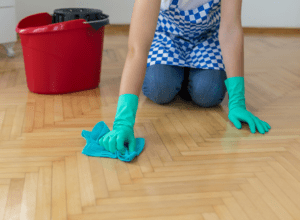

3. Methods of cleaning
Mopping/Scrubbing
This is the most common method of cleaning your floor. As engineered flooring is not waterproof, ensure that the mop is rinsed before you use it. Do not flood the floors under any circumstances, your flooring will be damaged as the planks will absorb the water. An occasional clean with a damp mop or scrub will be sufficient to keep your floors clean.
Natural vs Chemical solutions
Using chemical solutions can pose health risks over the long term, especially for children and pets. It can also contaminate the waterways and soil. If you are looking for chemical solutions, look for sustainability certifications by third-party organisations. Thankfully, there are many natural solutions in the market which are just as effective, without any side effects. For example, toilet bowls can be cleaned with vinegar. Essential oils diluted with water can also be a great option to freshen up your home.
Abrasive tools
Using tools that are abrasive such as steel wool can cause scratches on your floor over time, as well as dull the colour. Using softer tools such as a soft-bristled mop can clean your floor just as well, without the detrimental side effects.
Vacuuming/Sweeping
It is recommended that you sweep or vacuum your floors at least once a week to prevent dust and dirt buildup. This minimises the risk of the dirt creating microscopic scratches in the planks, which will dull the floor’s natural colour over the long term. Tools such as a soft dust mop are recommended in order to minimise abrasion.
Pro Tips for Cleaning:
- Use Two Buckets – Ensure that you set aside two buckets, one for clean water and the other for dirty water. This will maximise the efficiency of your cleaning by ensuring your floor is only mopped with clean water.
- Robot Vacuum Cleaner – These innovative devices will save you a lot of time and effort, at a cheap price. A mid-range cleaner will usually cost around $100 in Sydney, but there are many cheaper options online.
- Rinse the Mops – As you cannot use a wet mop to clean engineered timber floors, make sure it is damp. This will allow you to clean the floors much easier, whilst still mitigating the risk of causing damage to the planks.
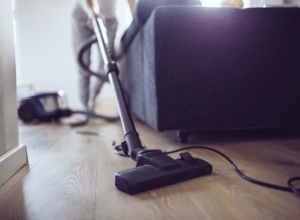

Flooring Comparisons
Engineered Flooring vs Solid Timber Flooring
No doubt, real wood flooring can be more expensive to maintain than engineered timber flooring. More maintenance work will also have to be carried out on real timber floors. However, the extra time and cost investment are worth it for people who only want 100% authentic timber in their homes.
Pros:
Material – Real timber boards are crafted from the highest quality of wood and will give your home a gorgeous touch of class and sophistication. If you have the time and resources to take care of the extra cleaning and maintenance which comes with owning real timber floors, they are definitely worth the investment.
Durability – These floorboards are made from real wood and are designed to look great for a long time. These planks can be sanded multiple times before they need to be refinished.
Cons:
Maintenance – To maintain a shiny new look, natural wood floors require constant maintenance. They also need to be cleaned regularly to avoid dust and debris. They will dull over time if not cleaned regularly. Furthermore, you will have to buy specific cleaning equipment for hardwood floors which tend to be more expensive.
Cost – As mentioned before, timber flooring will cost significantly more than engineered flooring. It costs $65 to $100 to supply engineered flooring. On the other hand, select-grade timber flooring can cost $85 to $120 per square meter for supply only. For more information on the cost of engineered flooring, check out our engineered timber flooring cost guide.
Engineered Flooring vs Hybrid Flooring
Hybrid planks are generally more durable in terms of wear and tear in residential environments, meaning they will require less maintenance work over their lifespan. Another key strength of hybrid flooring ranges is that they are fully waterproof, unlike engineered flooring. This gives hybrid flooring many more cleaning options, such as being able to use a wet mop. Both ranges may lack scratch and dent resistance in commercial areas. However, engineered flooring has the ability to be resanded as it still has a real wood veneer.
Pros
Waterproofing – The two types of hybrid flooring are Stone Plastic Composites and Wood Plastic Composites. Both ranges are fully waterproof, meaning the cleaning process can be carried out easier.
Cons
Not Real Timber. The timber visual in hybrid flooring is created through a decorative print designed to mimic real wood patterns. However, the core of the floorboards in Wood Plastic Composite hybrid flooring are partly made of recycled wood.



